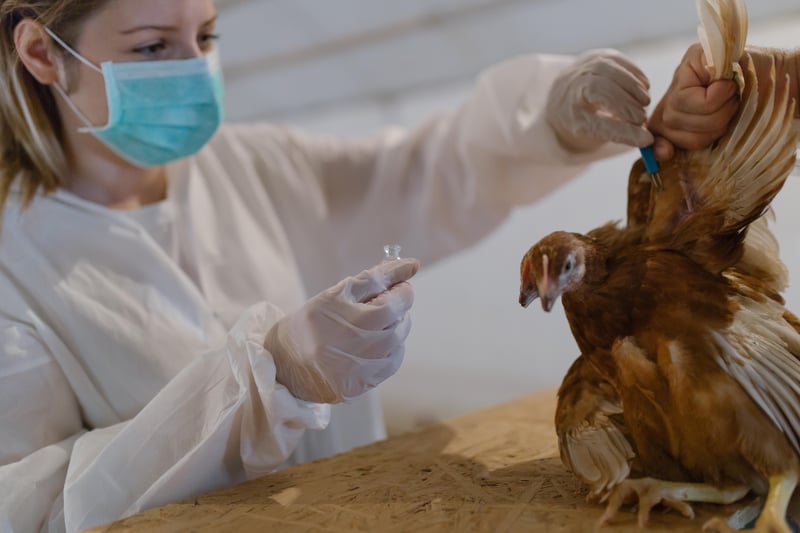Get Healthy!

- Posted April 17, 2023
Bird Flu in Chilean Man Shows Virus Adapting to Human Spread
Tests done on a Chilean man infected with bird flu showed signs that the virus has partially adapted to spread between mammals. However, the public health risk still remains low, U.S. health officials say.
"Those genetic changes have been seen previously with past H5N1 infections, and have not resulted in spread between people,"Vivien Dugan, acting director of the influenza division at the U.S. Centers for Disease Control and Prevention's National Center for Immunization and Respiratory Diseases, told the New York Times.
"Nevertheless, it's important to continue to look carefully at every instance of human infection, as well as other mammalian spillover events, and to track viral evolution in birds,"Dugan added. "We need to remain vigilant for changes that would make these viruses more dangerous to people."
While the two mutations seen in the PB2 gene can help the virus replicate in mammals, the samples did not have other genetic changes that would enable the virus to stabilize and bind tightly to human cells, according to the CDC.
"There are three major categories of changes we think H5 has to undergo to switch from being a bird virus to being a human virus,"Richard Webby, a bird flu expert at St. Jude Children's Research Hospital, told the Times. "The sequences from the person in Chile have one of those classes of changes. But we also know that of those three sets of changes, this is the easiest one for the virus to make."
No other cases have been linked to the man infected with the virus known as H5N1. His case began with a cough and a sore throat, according to the World Health Organization, which received a report of the man's illness on March 29 from Chile's Ministry of Health.
Although it's not known how the 53-year-old man was infected, there have been cases in birds and sea lions in the region where he lives.
"According to the preliminary findings of the local epidemiological investigation, the most plausible hypothesis about transmission is that it occurred through environmental exposure to areas where either sick or dead birds or sea mammals were found close to the residence of the case,"WHO officials said.
The man remains hospitalized. Public health officials think the mutations occurred as the infection spread in his body.
"We understand them [the mutations] to be a step on the path to adaptation to humans and increased risk to humans," Anice Lowen, an influenza virologist at Emory University in Atlanta, told the Times. "So, certainly, it's concerning to see them."
The Chilean case is the 11th in humans seen since January 2022, according to the CDC.
The virus has at times spread among mammals, including at a Spanish mink farm last fall and "continued sporadic human infections are anticipated,"the CDC said.
The new mutations are a "step in the wrong direction,"Lowen said.
More information
The U.S. Department of Agriculture has more on H5N1.
SOURCE: New York Times








